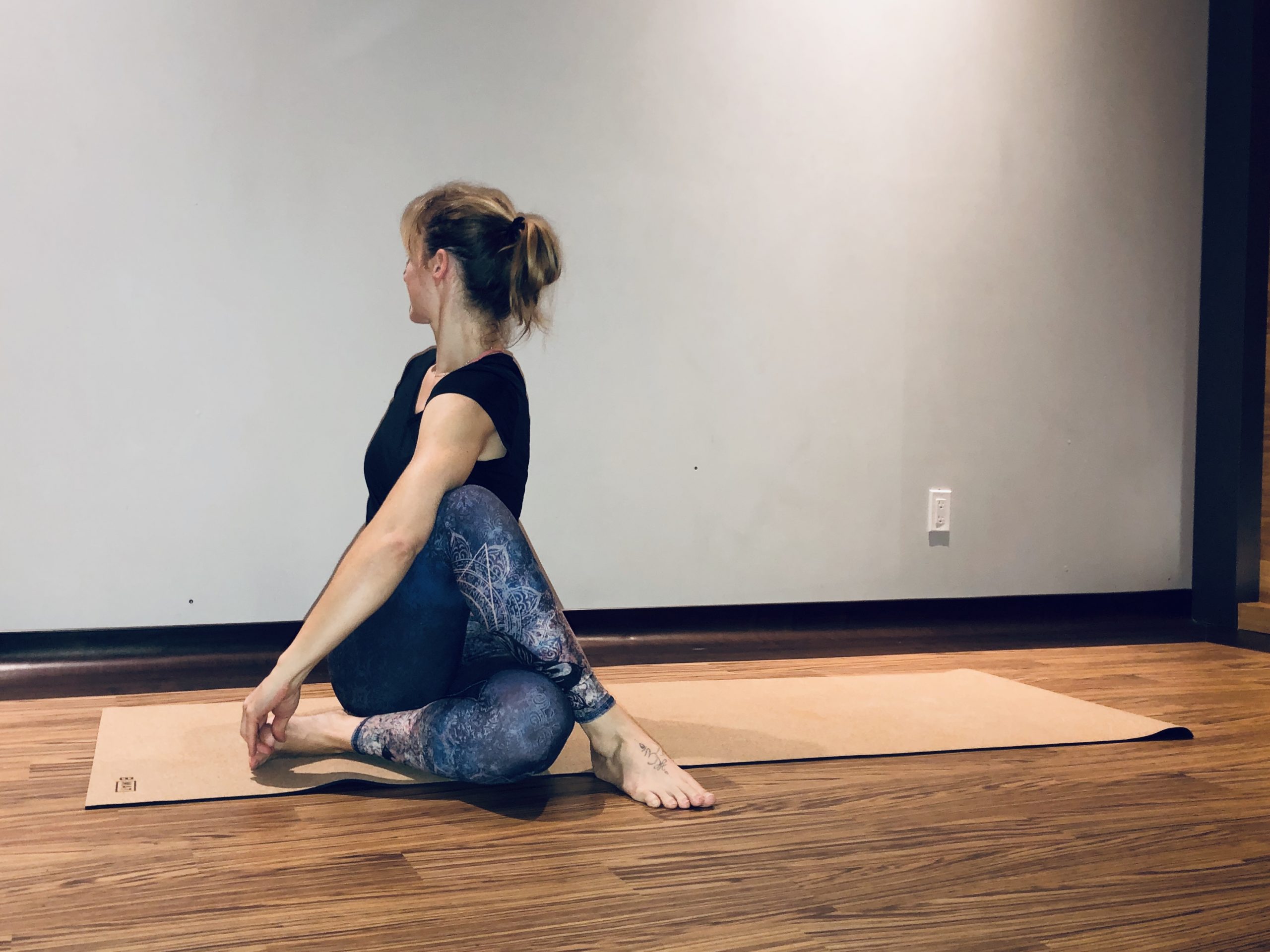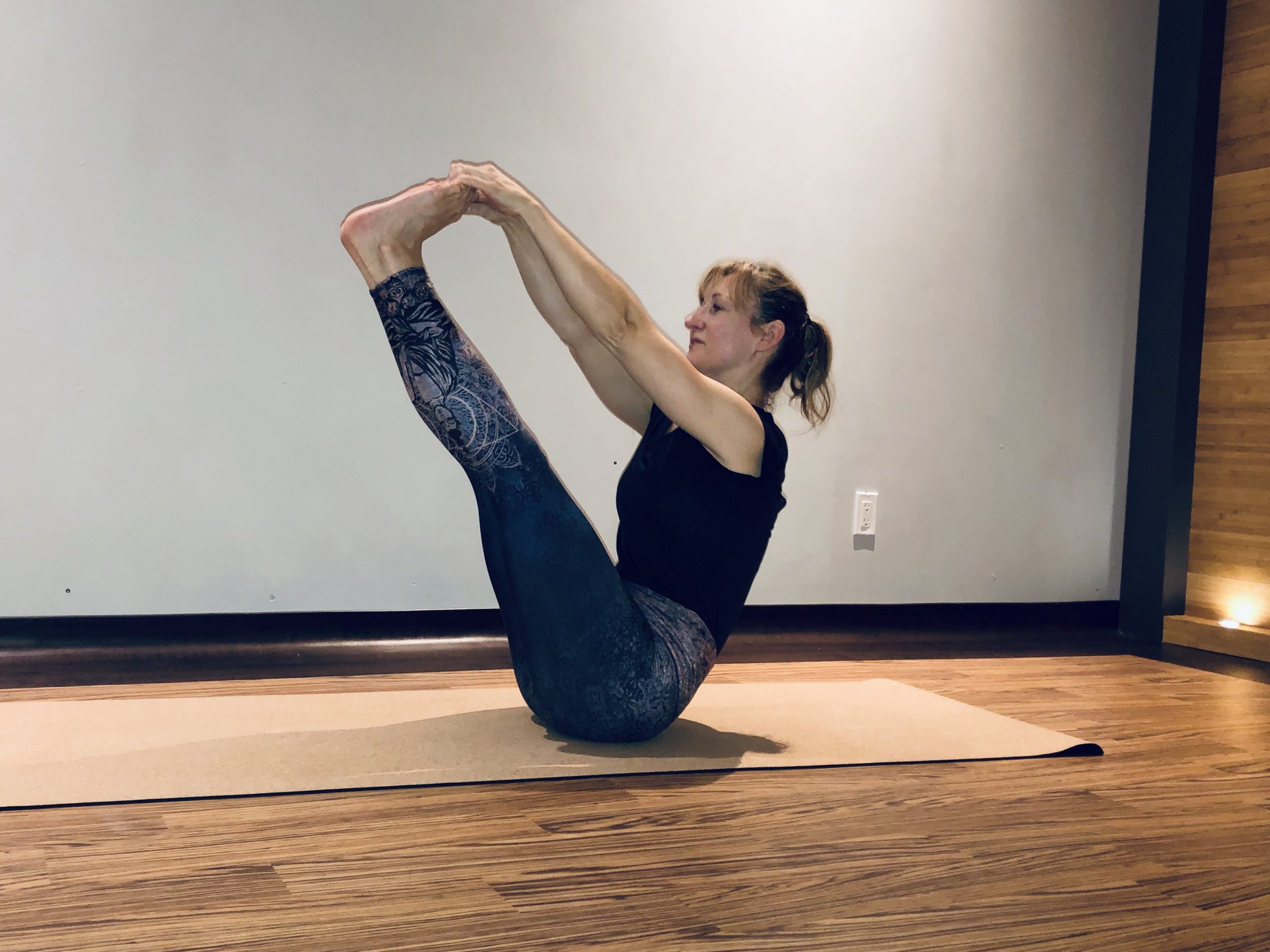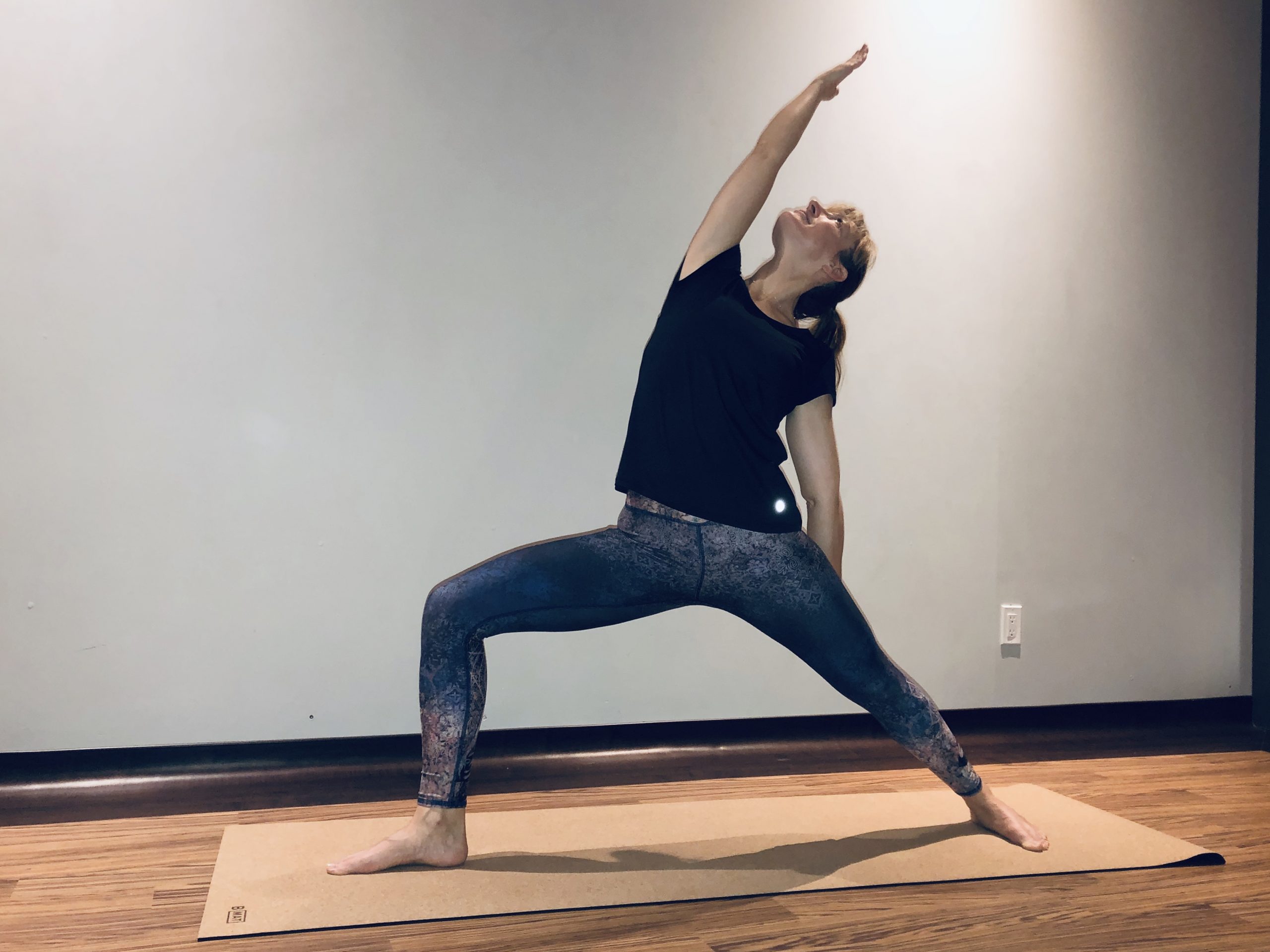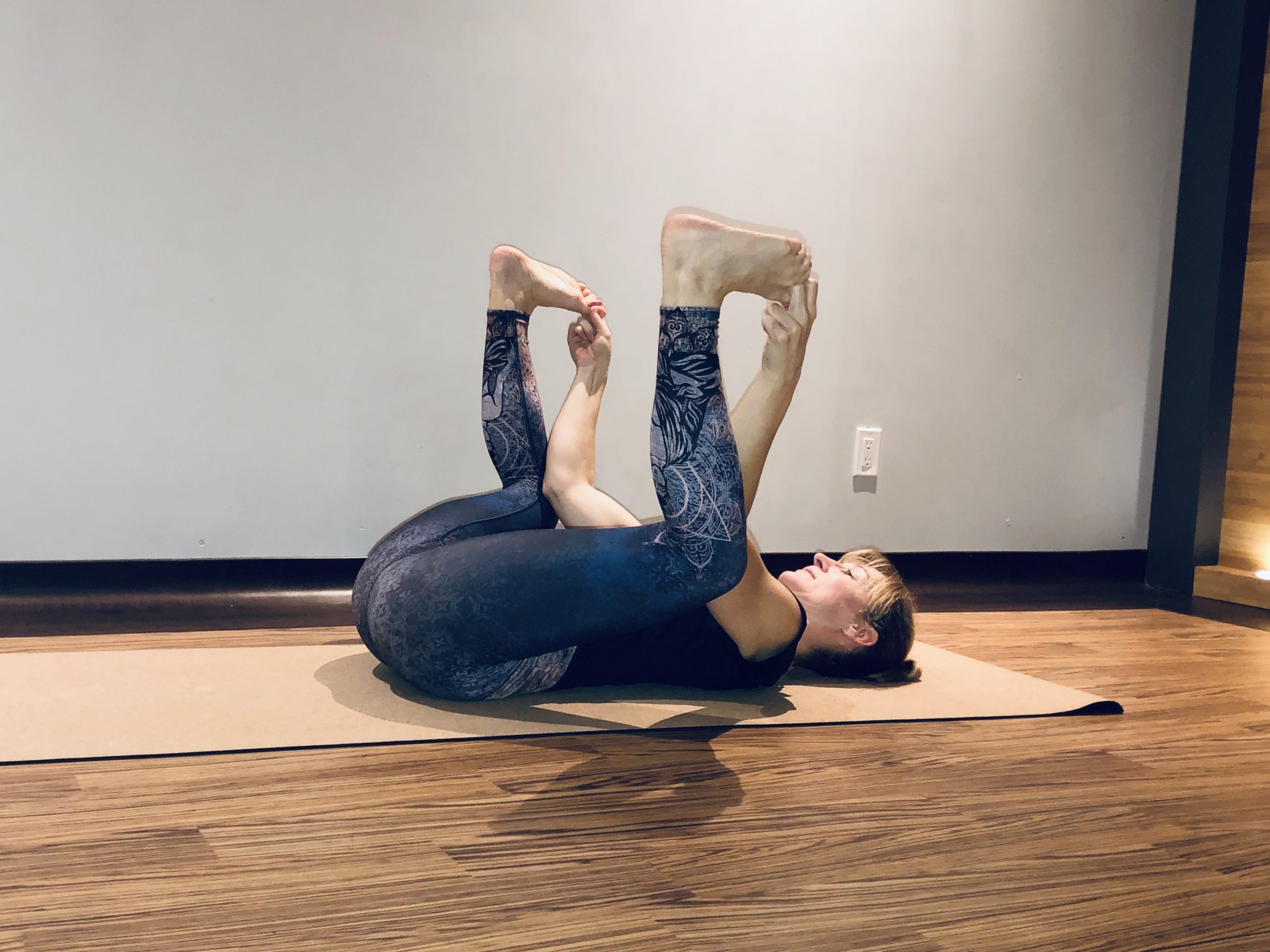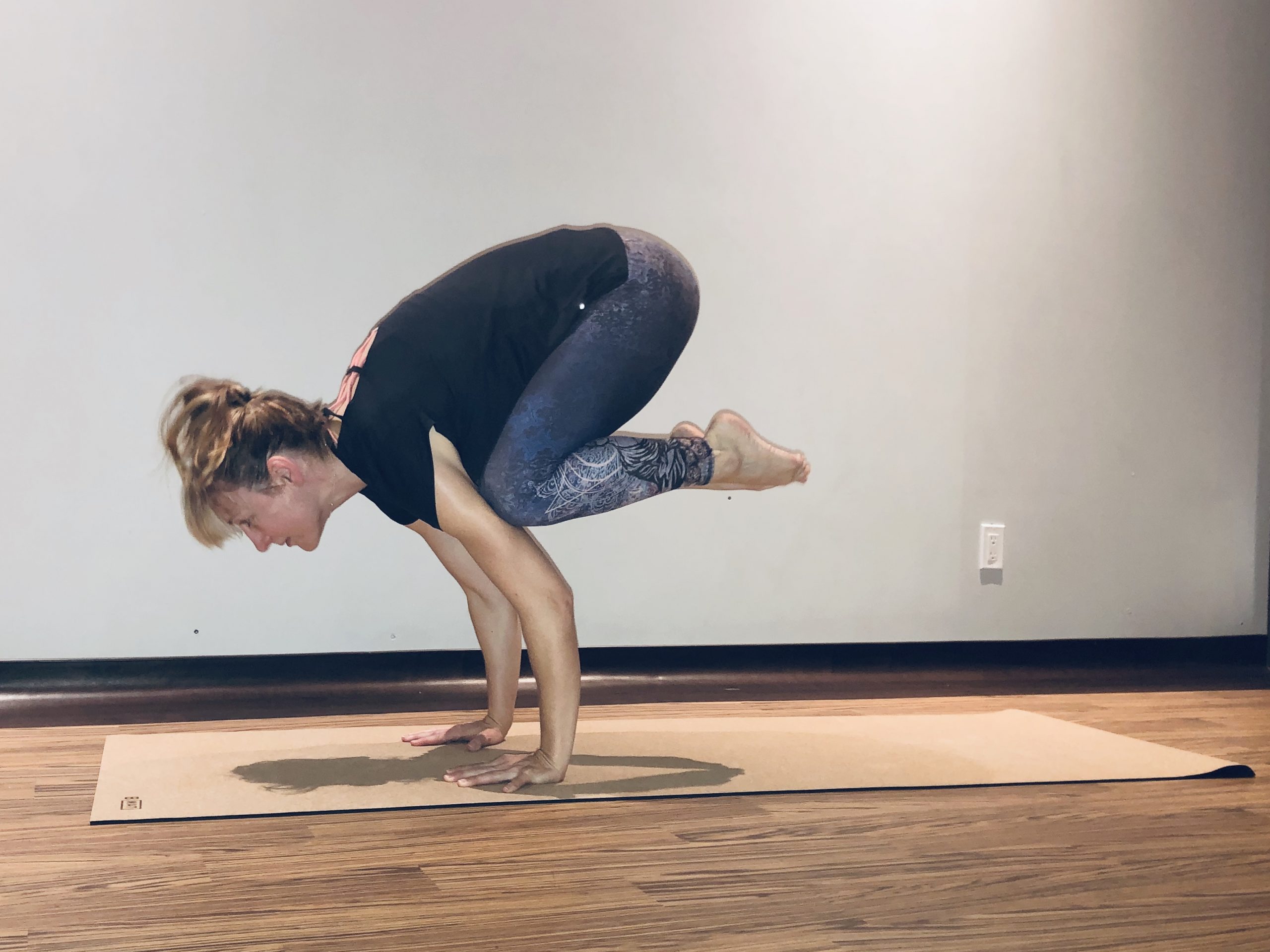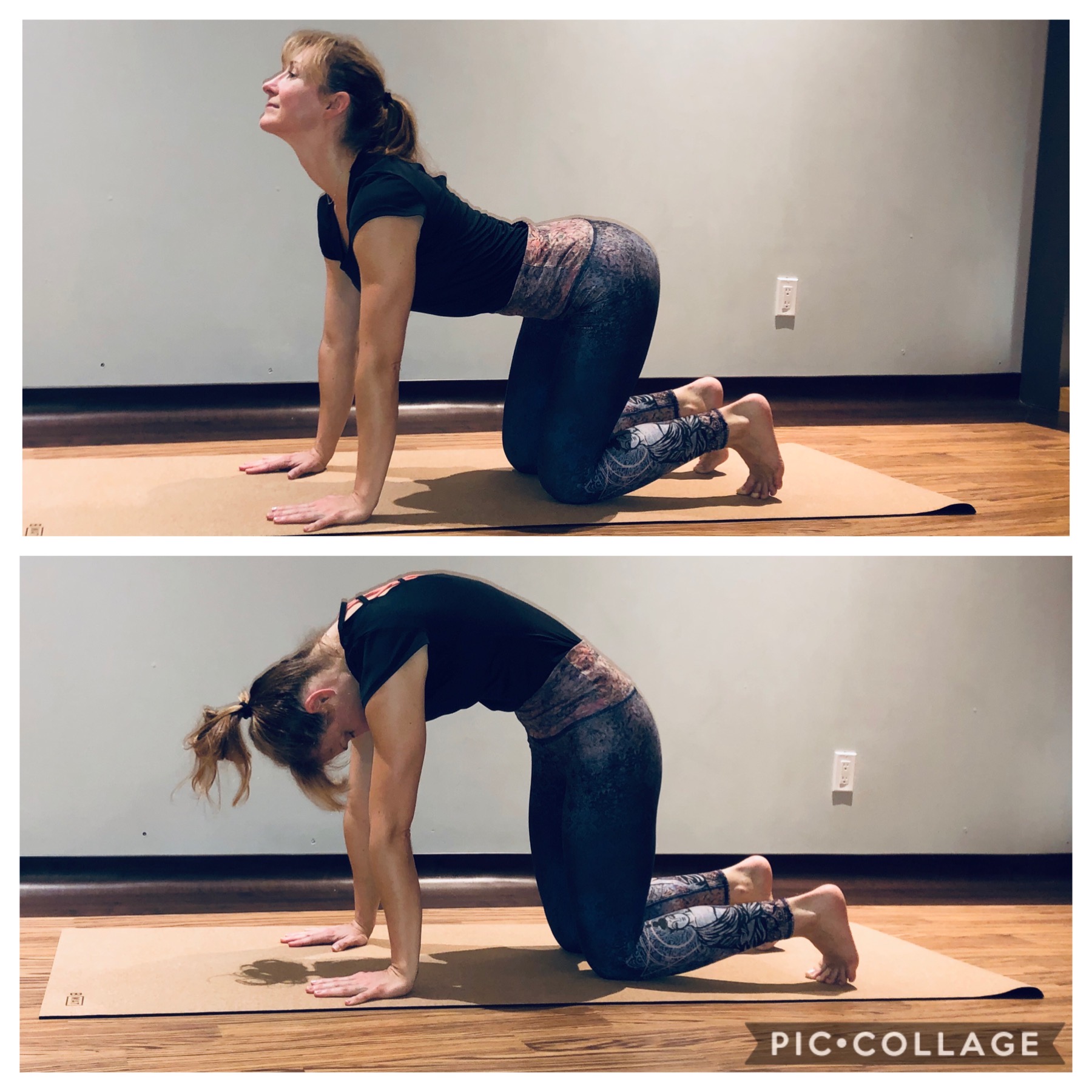Yoga is an ancient practice rooted in Indian philosophy. It’s commonly used as a therapeutic approach to improving mental well-being. However, research shows that yoga treats a variety of health conditions.
Alara Ocean was diagnosed with Irritable Bowel Syndrome (IBS) in 2014. For Ocean, regular medication to treat IBS wasn’t enough. Her gastroenterologist recommended meditation and yoga along with other exercises to ease her symptoms. She says yoga keeps her positive and calm on days when she doesn’t feel well:
“I feel that I can handle my pain better now than when I wasn’t doing yoga,” said Ocean. “Meditation and taking longer, deeper breaths while practicing has helped my digestion and overall IBS symptoms (gas, bloating, diarrhea, etc.).”
The National Center for Biotechnology Information (NCBI) examined the practice of yoga to treat people with IBS. They created a “Remedial Yoga Module” to manage symptoms. The yoga remedy they recommend stimulates the body with loosening practices and relaxed postures, allowing the body to cleanse internal organs. This can help relieve IBS symptoms such as abdominal pain, bloating, constipation and diarrhea. In addition, yoga can treat co-occurring medical conditions such as anxiety, depression and fatigue.
Ocean spends 30 minutes a day practicing yoga.
Joseph Iannicelli, a certified yoga instructor and founder of Body by Yoga, says yoga works not only as a curative solution for health issues but also as a preventative.
“It improves the respiratory, digestive, circulatory, urinary, hormonal, immune and nervous systems,” said Iannicelli.
According to Iannicelli, yoga can improve heart function and treat high/low blood pressure, blocked arteries and prevent heart attacks. Research shows cardiovascular diseases are the leading cause of death in adult Canadian men and women. Complications of heart disease include heart attacks, heart failure and strokes.
To treat heart disease, a study done by The International Journal of Medical and Health Research recommends Kapalbhati (Fire Breathing). This commonly used breathing exercise increases the intake of air into the lungs and allows oxygen to flow into pulmonary blood circulation. Bhujangusana (Cobra pose) can increase blood flow to the heart by stretching and expanding the chest. Other poses to prevent heart diseases include Artha Pavana Mukthasanam, Vakrasanam and Tadasana.
Joseph Iannicelli demonstrates Fire Breathing.
When it comes to women’s health, Iannicelli says yoga can effectively treat a variety of conditions and disorders including menopause, metrorrhagia, menorrhagia, amenorrhea, prolapsed uterus, infertility and premenstrual syndrome (PMS).
PMS effects 90% of women. Yoga practice helps to prevent symptoms by releasing endorphins, calming the central nervous system and increasing the flow of oxygenated blood to the reproductive organs. A study conducted by NCBI showed physical symptoms such as abdominal cramps, breast tenderness, cold sweats and constipation markedly decreased after three months of regular yoga practice. Psychological symptoms such as irritability and emotional lability also decreased by a significant amount.
Beata Vincent, certified yoga instructor at One Health Clubs, demonstrates a variety of yoga poses.
Iannicelli says there are sequences of asana’s that effectively treat a variety of osteoarthritis and rheumatoid arthritis. Rheumatoid arthritis (RA) is a chronic inflammatory disorder. Inflammation is the body’s defence system attacking its own tissues instead of germs and viruses. This can result in swelling, stiffness, pain and joint damage. Recent studies support the idea that yoga reduces joint pain, improves flexibility and function, and promotes better sleep. In addition, yoga can minimize stress-related inflammation in individuals with RA.
Iannicelli believes yoga helps balance physical and mental well-being by bringing them together.
“Yoga has now been woven into the medical field as an effective complement to traditional medical treatment,” said Iannicelli. “This will help everyone manage the daily stresses of life, which are the root cause of many illnesses.”

